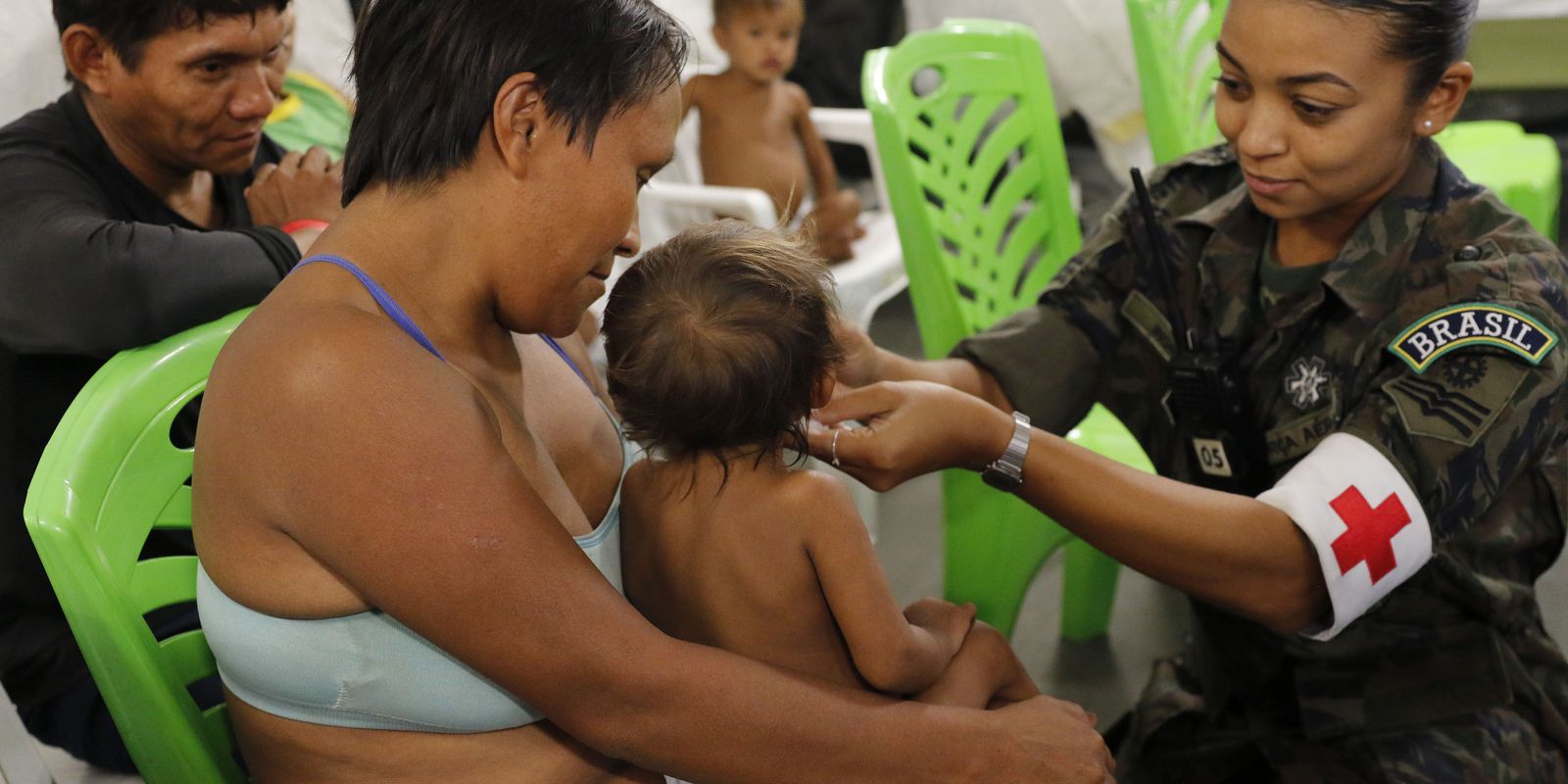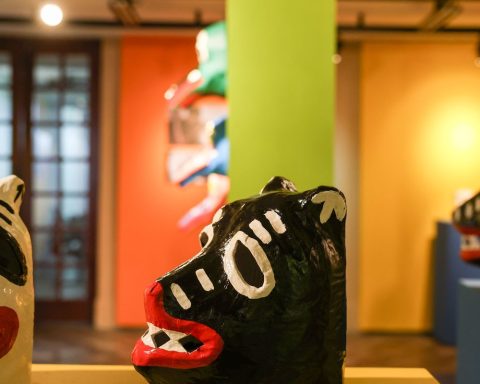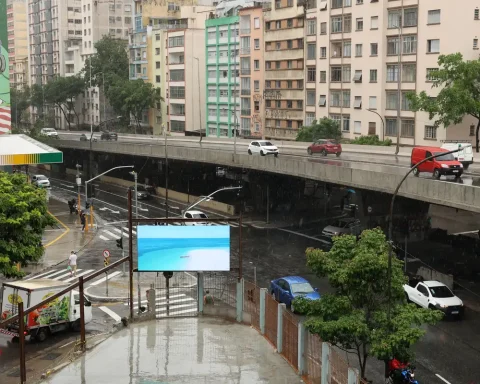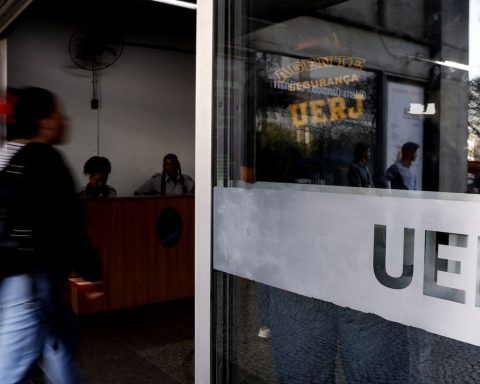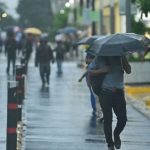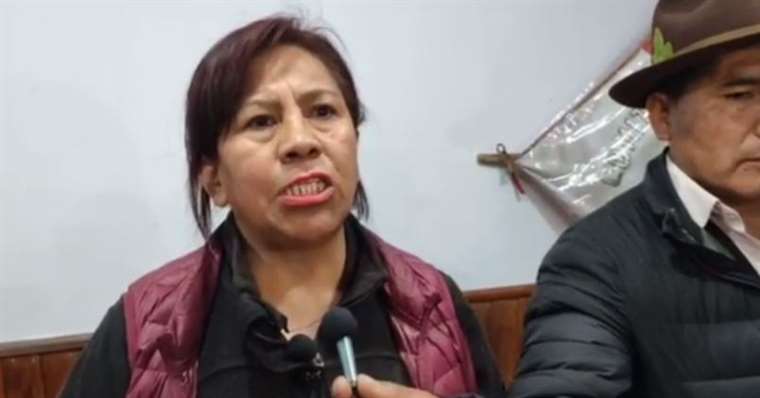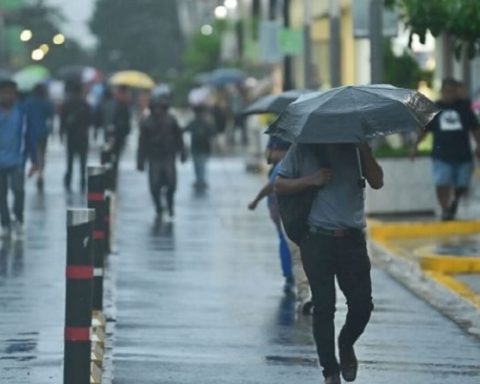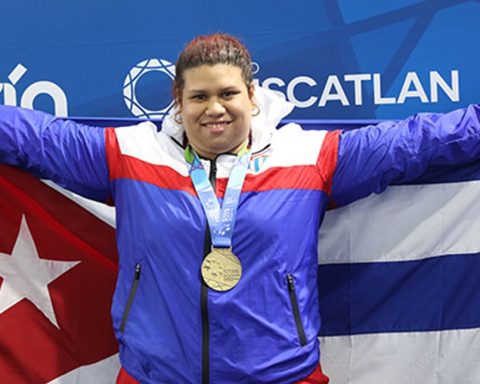The federal government plans to inaugurate, by the end of April, a Reference Center for Indigenous Health in the Yanomami territory, in Roraima, with capacity to treat more serious cases of malnutrition and malaria. Currently, these patients are transported by plane to the capital Boa Vista. The unit is being installed at the Surucucu base pole, in the extreme west of the reserve, close to the border with Venezuela.
The site is one of the main access points to the territory, but from where you can only get there by air. The landing and take-off runway is the only one paved in the region and has the capacity to receive larger aircraft, such as cargo planes. It is there that indigenous people from more isolated villages are taken, who then, depending on the severity, are transferred to the state capital.
“The expectation is that the unit can become a permanent service, even after the end of the Public Health Emergency of National Importance [Espin]. The center is expected to be completed by the end of April,” the Ministry of Health said in a statement.
Since the outbreak of the humanitarian crisis of the Yanomami, emergency assistance were reinforced by professionals from the National Force of the Unified Health System (SUS) in different poles of the Indigenous Land, in support of the local teams of the Special Indigenous Health District Yanomami (DSEI-Y). According to the folder, from mid-January until now, around 100 health professionals have been sent and more than 8,400 medical consultations have been carried out for indigenous people found to be in a situation of lack of assistance, both in the territory and in units in Boa Vista.
The expectation for a more complex service within the Yanomami Indigenous Land is very high among the main beneficiaries of the measure. “We don’t know when, what day they will deliver this field hospital to care for the indigenous people who are in the Surucucu region, we urgently need this hospital, because there are still a large number of removals to Boa Vista. So we need support and that it ends faster [possível] the field hospital inside the Yanomami Indigenous Land”, charged the indigenous leader Júnior Hekurari Yanomami, in an interview with TV Brasil.
In January alone, according to the Public Health Emergency Operations Center (COE), 223 removals were carried out, with 111 moving within the territory – between more distant villages and the base poles – and 112 to Boa Vista. In several cases, due to restrictions on night flights and in cloudy weather, indigenous people in a more serious situation could not resist. Another base pole that can receive a service unit with greater medical capacity is Auaris, in the northernmost part of the territory. However, there is no forecast for the assembly of this center.
Presence of miners
The indigenous people also continue to denounce the entry of miners into the Yanomami area. According to local leaders, access has been made by means of helicopters, planes, mainly in the Homoxi, Xitei, Parima communities and some other villages where no operations by the Federal Police (PF) and the Brazilian Institute of Environment and Resources are taking place. Renewable Natural Resources (Ibama).
“Our concern is very great, you know, because these garimpeiros are placing it, harming the rivers and the communities”, stated Júnior Hekurari Yanomami.
Last Tuesday (14), the Federal Police released the result of the first month of operation against illegal prospectors in the Yanomami Indigenous Land. During the period, 84 barges or vessels, two aircraft, 172 power generators, 11,400 liters of fuel, as well as machinery for extracting ore, chainsaws, mercury and a ton of supplies from illegal miners were seized or destroyed. 200 camps were also destroyed, with weapons and ammunition, and 27 tons of cassiterite ore were seized.
The recorded data gather information from joint actions by Ibama, the Federal Police, the National Public Security Force, the Federal Highway Police (PRF) and the National Foundation for Indigenous Peoples (Funai).
*With information from Ana Graziela Aguiar, TV Brasil reporter.
